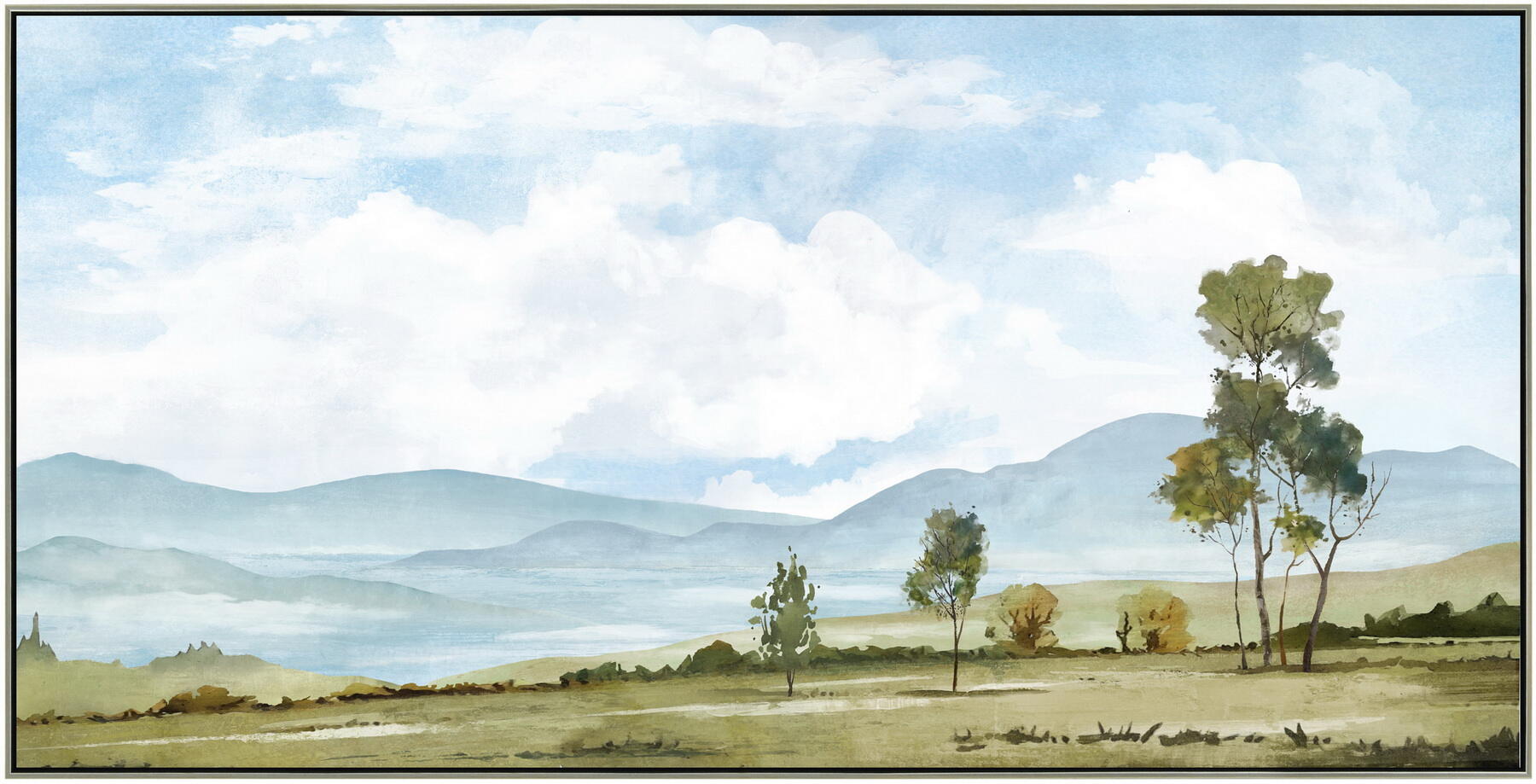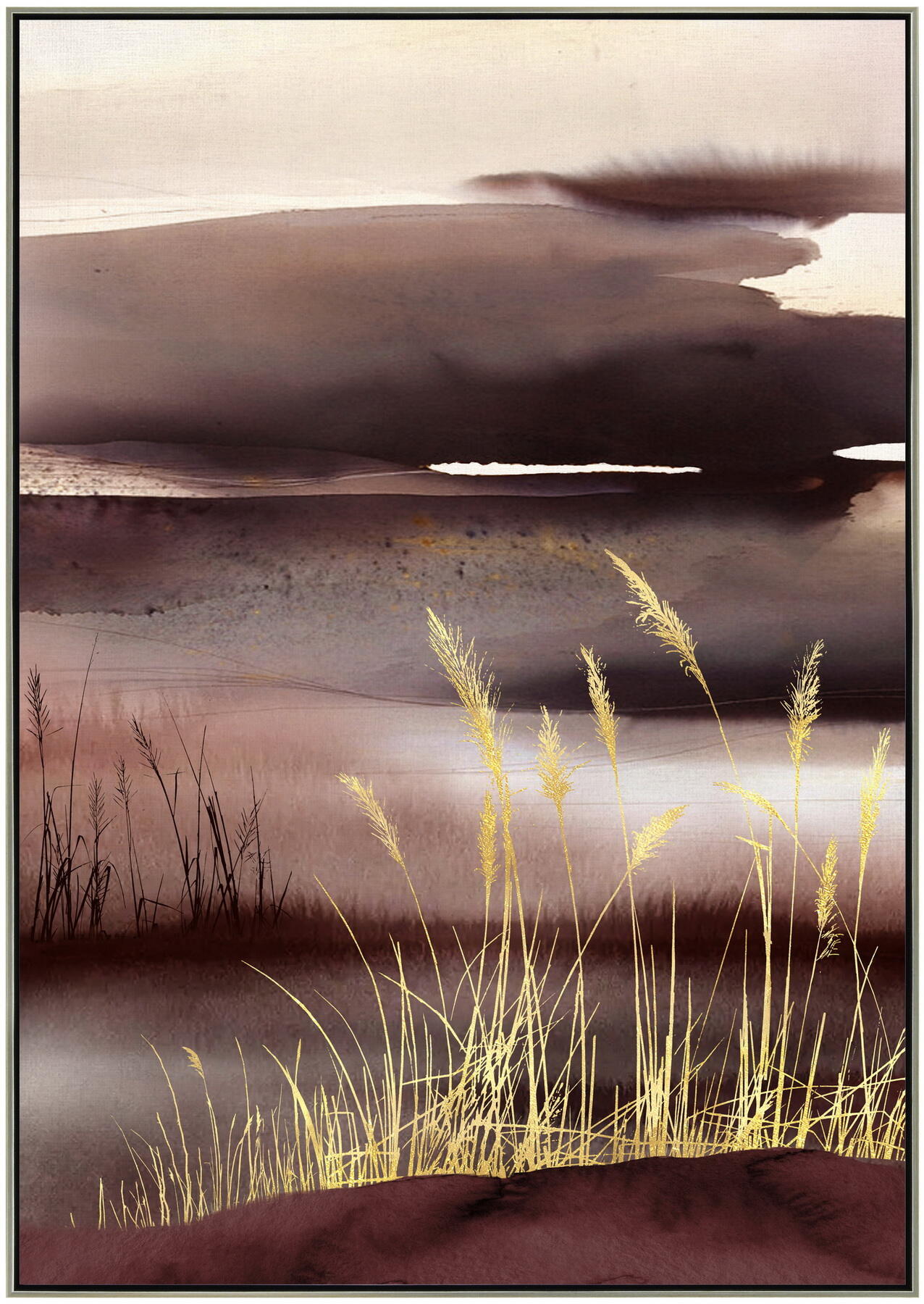painting art landscape
The painting art landscape represents a vibrant intersection of creative expression and visual documentation that has evolved significantly over centuries. This artistic discipline encompasses various techniques, styles, and approaches to capturing natural scenery, urban environments, and imagined vistas. Modern painting art landscapes combine traditional methods with contemporary innovations, allowing artists to create compelling visual narratives that resonate with viewers. The genre employs multiple mediums, including oils, acrylics, watercolors, and digital tools, each offering unique possibilities for texture, depth, and atmospheric effects. Artists working in landscape painting must master perspective, color theory, and composition while developing their understanding of light, shadow, and environmental elements. The discipline has expanded beyond conventional canvas work to include mixed media installations, immersive experiences, and digital interpretations, making it increasingly accessible to both creators and audiences. This versatility enables artists to address contemporary themes such as environmental awareness, urban development, and cultural heritage through their work, while maintaining the genre's traditional appeal.

